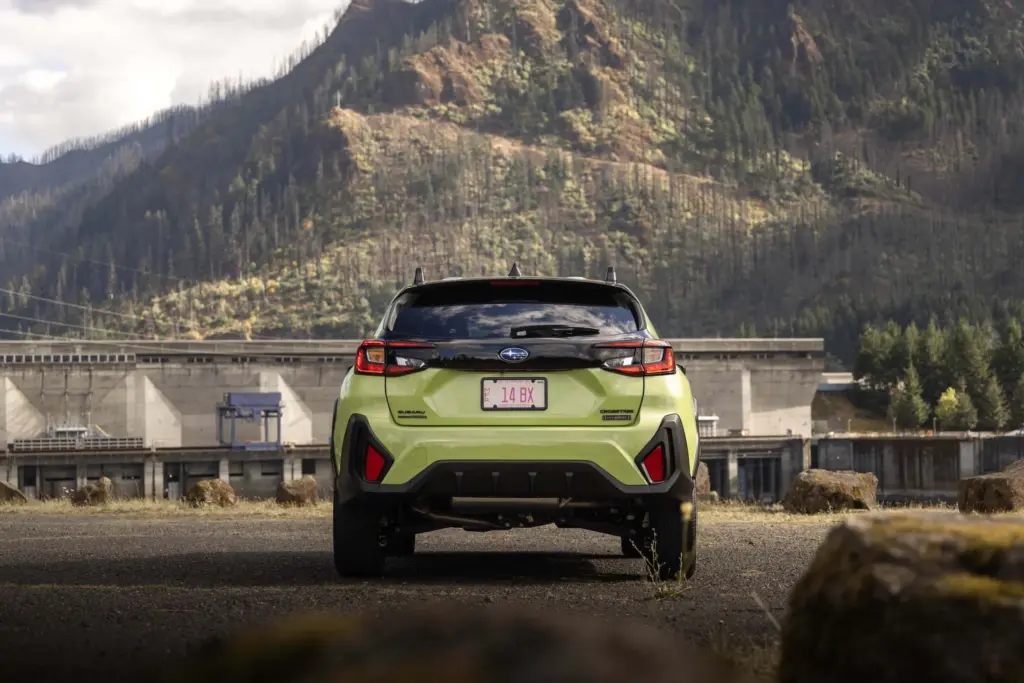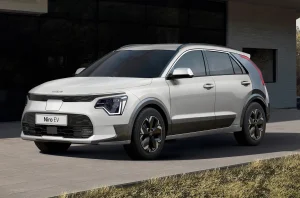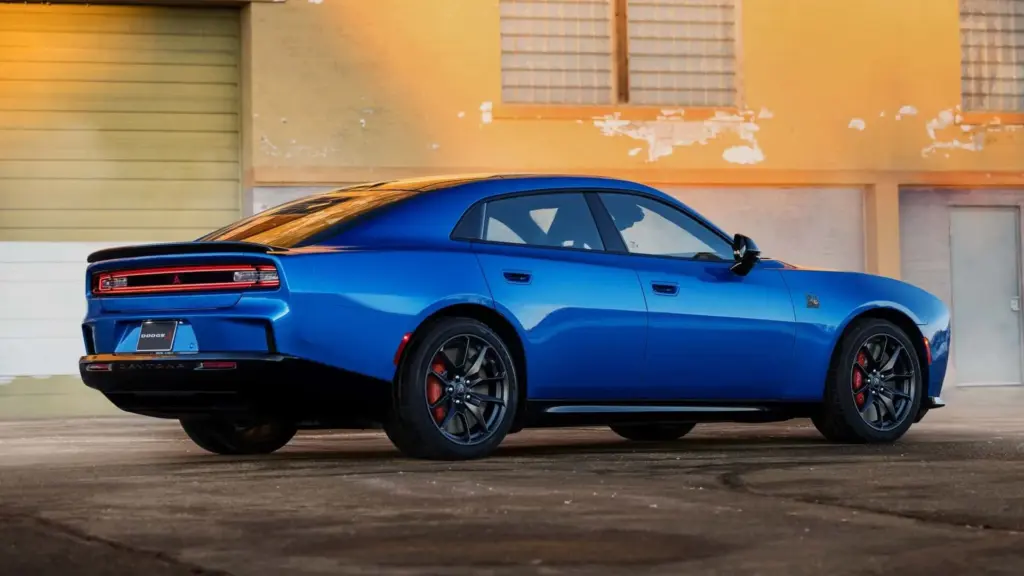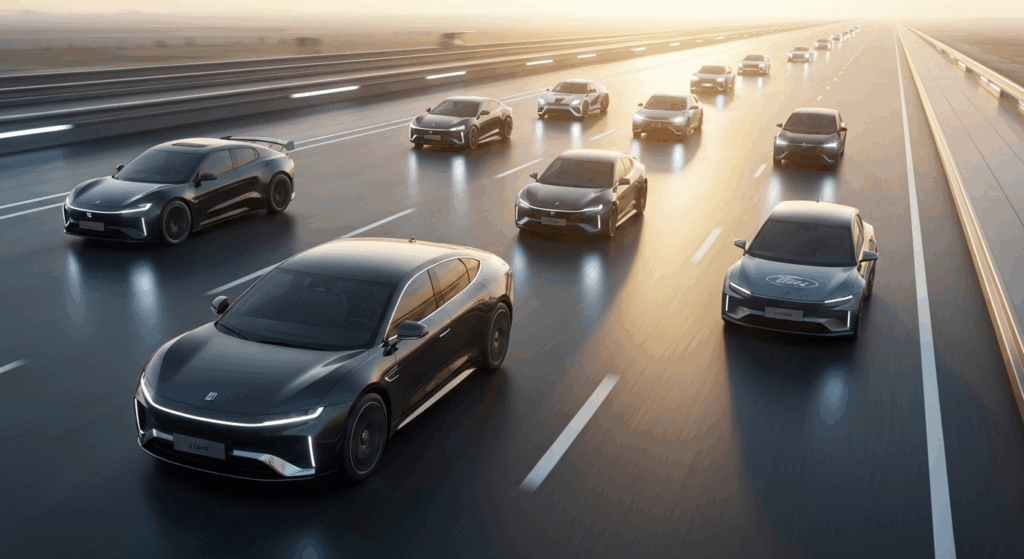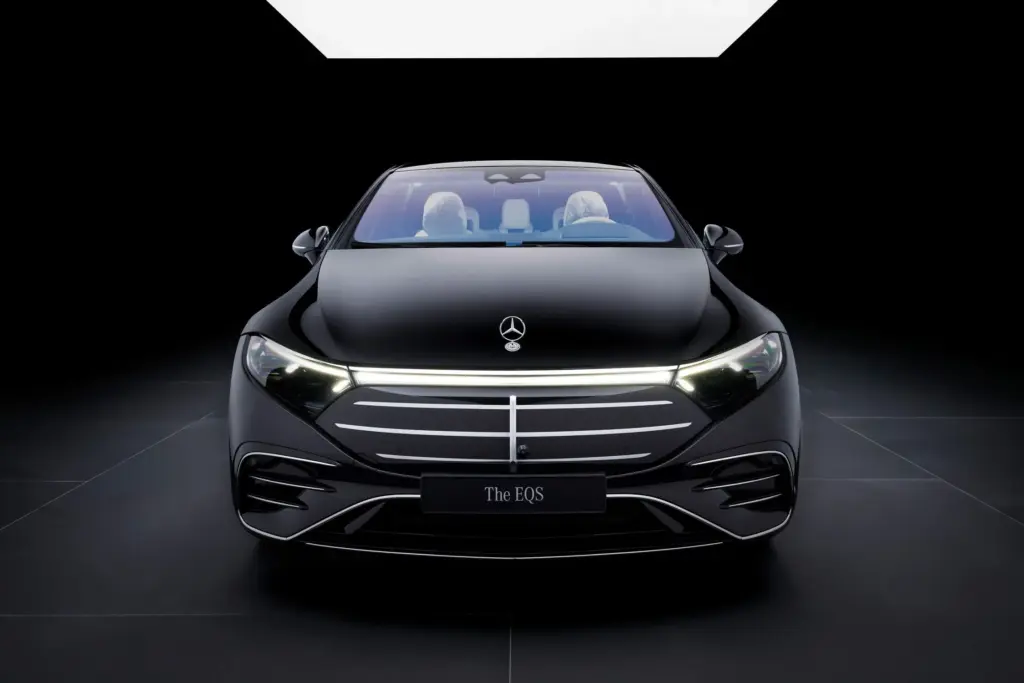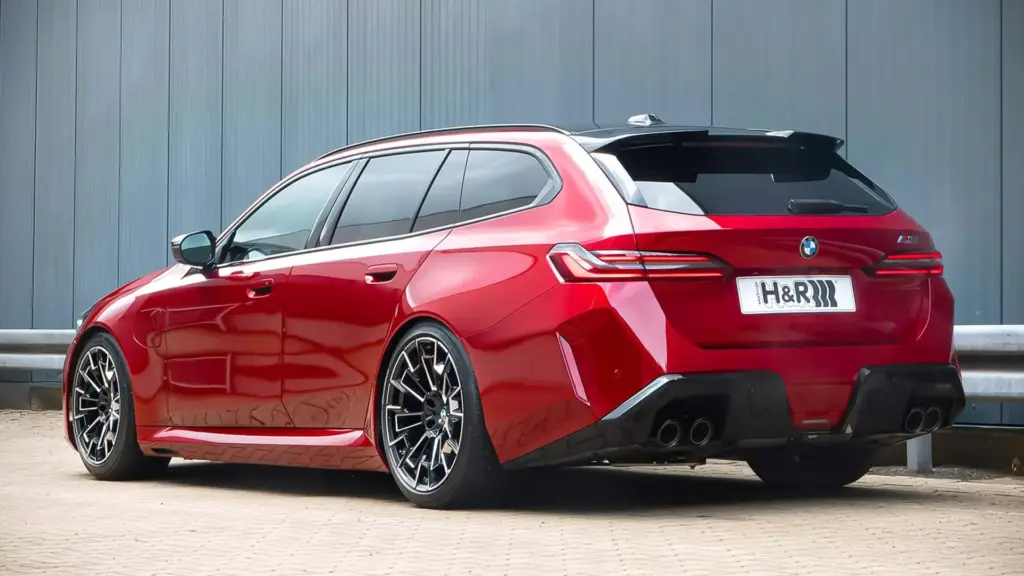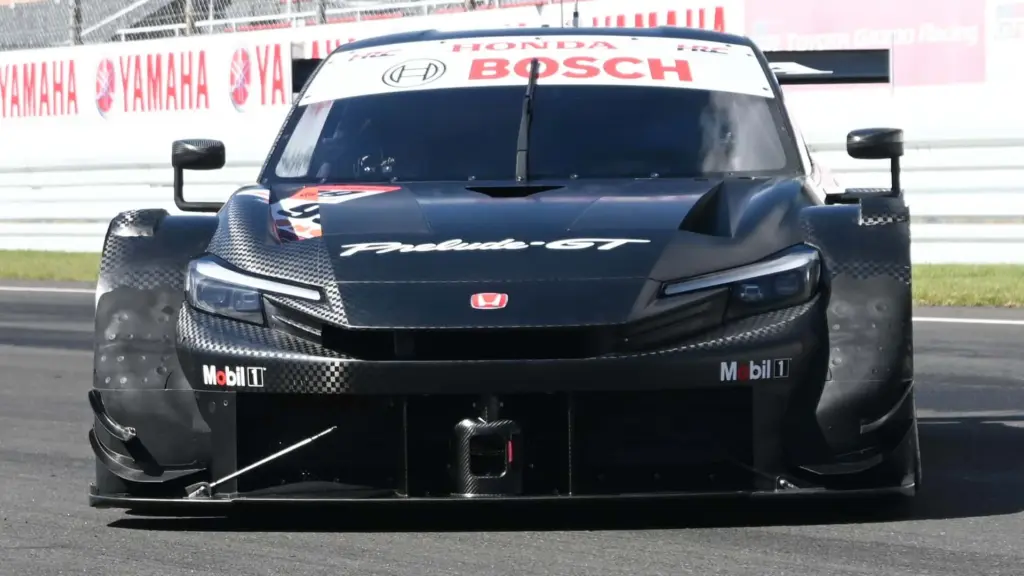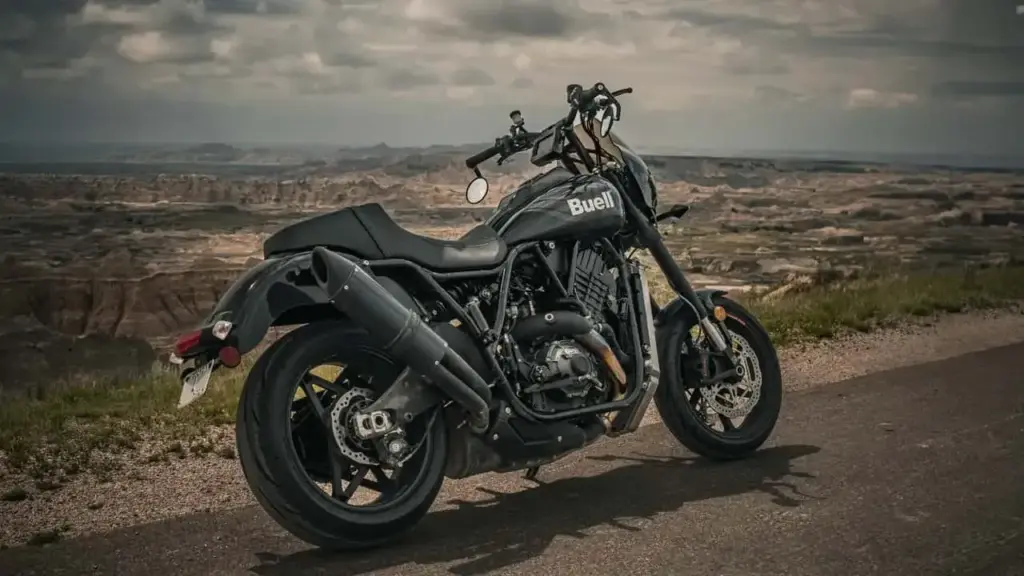I must admit I was intrigued when I first heard about an electric Blazer with the SS badge. Chevrolet is truly betting big by placing its iconic Super Sport emblem on a fully electric SUV, the 2025 Blazer EV SS. Let’s dive deep into this release, analyzing its specifications, consumption, range, pricing, and what it really delivers.
The New SS Era: The Blazer EV Electrifies
The Blazer EV SS is not just another electric SUV on the market; it marks a turning point for Chevrolet. It is the brand’s first electric vehicle to sport the legendary SS emblem, promising a performance that honors that legacy. Built on GM’s modern BEV3 platform and utilizing Ultium battery technology, this model has been designed from the ground up with a focus on performance, while not forgetting about the technology and practicality we expect from a midsize SUV today.
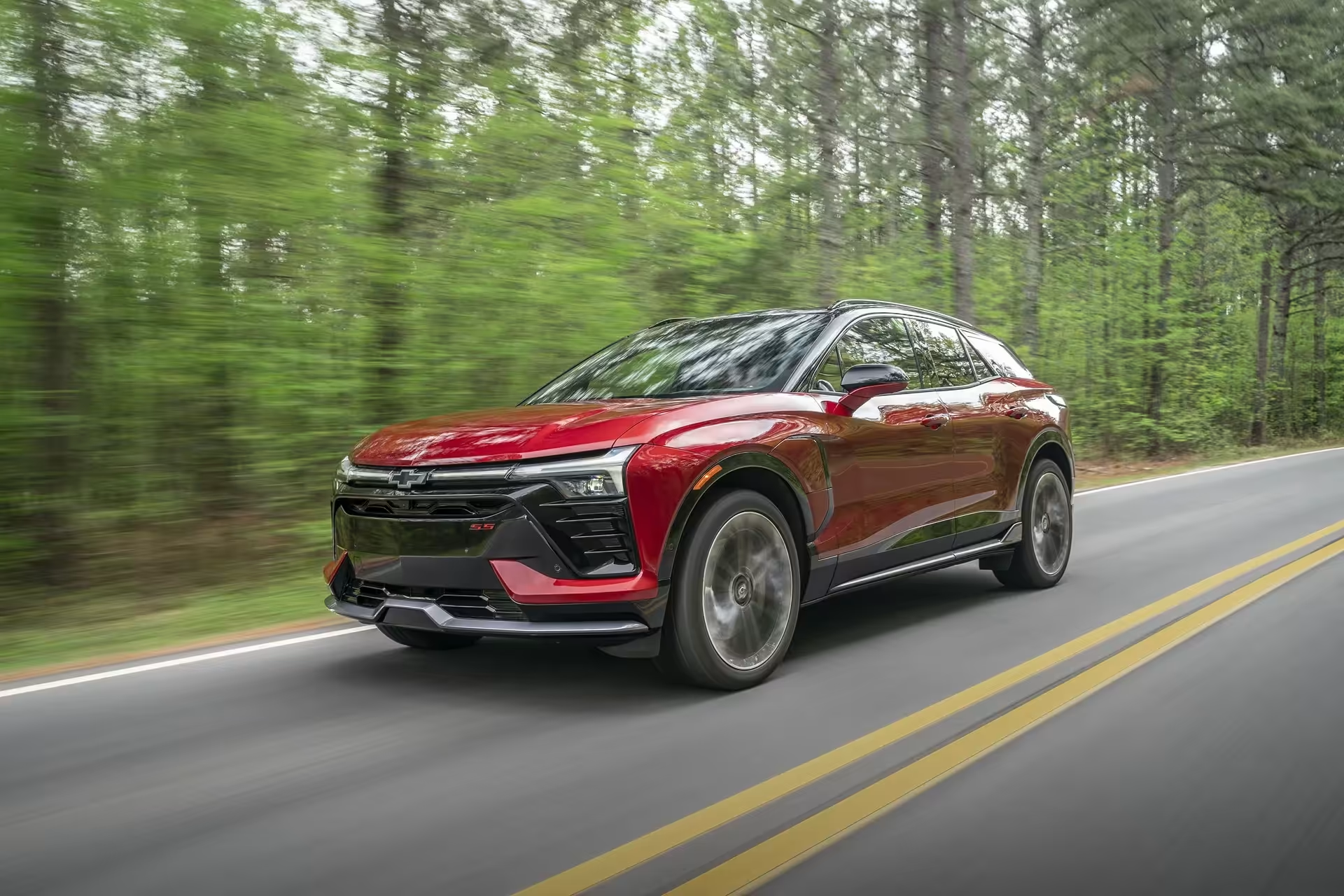
My analysis focuses specifically on the SS version, the crown jewel of the Blazer EV lineup, which also includes the LT and RS variants. While the LT and RS versions offer more accessible options focused on efficiency or a balance between style and performance, the SS is Chevrolet’s ultimate expression of electric power. Let’s see if it lives up to that promise.
Detailed Technical Specifications: Power and Dimensions
When we talk about the SS version, the numbers are truly impressive for a family SUV. Chevrolet has spared no expense to ensure that the electric “Super Sport” lives up to its name. At its core is a dual motor system (AWD – All-Wheel Drive), essential for delivering the traction needed to handle that much power.
Essential Technical Specifications (Blazer EV SS)
| Specification | Detail |
|---|---|
| Motorization | Dual Motor (AWD) |
| Power | 615 hp |
| Torque | 650 lb-ft (~881 Nm) |
| Battery | 102 kWh (Ultium) |
| 0-60 mph | 3.4s (3.2s with Pack) |
With 615 horsepower and a brutal torque of 881 Nm, this Blazer EV SS accelerates from 0 to 60 mph in an astonishing 3.4 seconds (or 3.2 seconds with the Performance Pack, which comes standard on the SS). This makes it the fastest SS model in Chevrolet’s history, even outperforming some past Camaros and Corvettes. The top speed is electronically limited to about 150 mph, more than enough for any situation.
Dimensions and Capacities
- Length: 192.2 in
- Width: 78.0 in
- Height: 65.0 in
- Wheelbase: 121.8 in
- Cargo Space (seats up): 25.5 cu-ft
- Cargo Space (seats folded): 59.1 cu-ft
- Passenger Volume: ~102 cu-ft
Despite the focus on performance, the Blazer EV SS maintains the generous dimensions of a midsize SUV, offering good internal space for passengers and a respectable cargo capacity. However, one downside is the absence of a “frunk” (front trunk), something competitors like the Mustang Mach-E offer and that I always find useful for storing charging cables or small luggage.
Efficiency and Range: Electric Efficiency in Play
Performance is great, but in an electric car, range and efficiency are crucial. No one wants a rocket that can only go to the corner, right? The Blazer EV SS utilizes a substantial 102 kWh battery, the same found in the AWD LT and RS versions, but the extra power comes at a cost in efficiency.
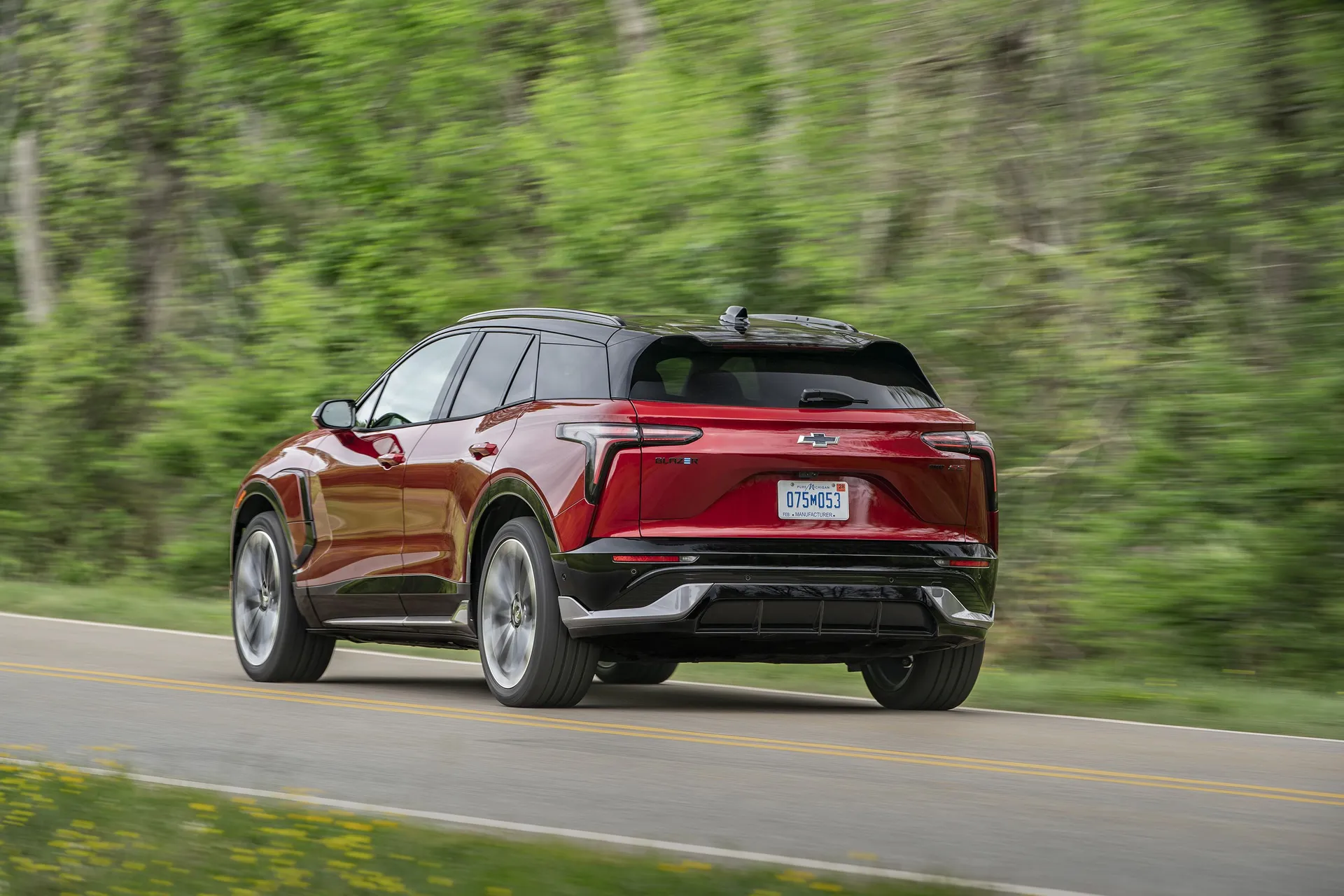
Range and Efficiency Numbers (Blazer EV SS)
| Item | Value |
|---|---|
| EPA Range | 303 miles |
| Battery Capacity | 102 kWh |
| Combined Efficiency | ~2.8–2.9 miles/kWh |
| AC Charging (Level 2) | 11.5 kW |
| DC Fast Charging | Up to 190 kW |
The estimated EPA range is 303 miles. It’s a competitive number for a high-performance EV, surpassing the Mustang Mach-E GT (270 miles), but falling behind the more efficient versions of the Blazer EV itself (such as the LT FWD with up to 319 miles). According to Car and Driver, the efficiency stands at around 2.8 to 2.9 miles per kWh, which is reasonable considering the weight of approximately 5,600 lbs and the available power.
The fast-charging DC supports up to 190 kW, allowing you to add about 78 miles of range in just 10 minutes at a compatible charger. At home or at public AC (Level 2) chargers, it accepts up to 11.5 kW. One point to note is the use of the CCS Combo connector, while part of the industry (including GM in the future) is transitioning to the NACS standard (Tesla). This may require adapters in the future, something to consider.
Pricing and Versions: How Much for the Electric Dream?
High performance and cutting-edge technology usually come at a high price, and the Blazer EV SS is no exception, positioning itself at the top of the line. It’s important to note that prices may vary with options and regional taxes.
Pricing Structure (US/Europe Estimate – April 2025)
- Blazer EV LT FWD: Starting at $45,995
- Blazer EV LT AWD: Starting at $49,995
- Blazer EV RS RWD: Starting at $54,595
- Blazer EV RS AWD: Starting at $59,240
- Blazer EV SS AWD: Starting at $62,095
The starting price of $62,095 in the US (around €59,990 in Europe, using an exchange rate of 0.95 EUR/USD and excluding local taxes or import/delivery fees) places the SS in a premium tier. In the US, it may qualify for a federal tax credit of $7,500, reducing the effective cost to about $54,595, making it more competitive. Information about availability and specific pricing for other markets, such as Brazil (where the LT/RS versions are available) or Japan, has yet to be detailed for the SS version, which initially focuses on the US and Canada, as confirmed on the official Chevrolet website.
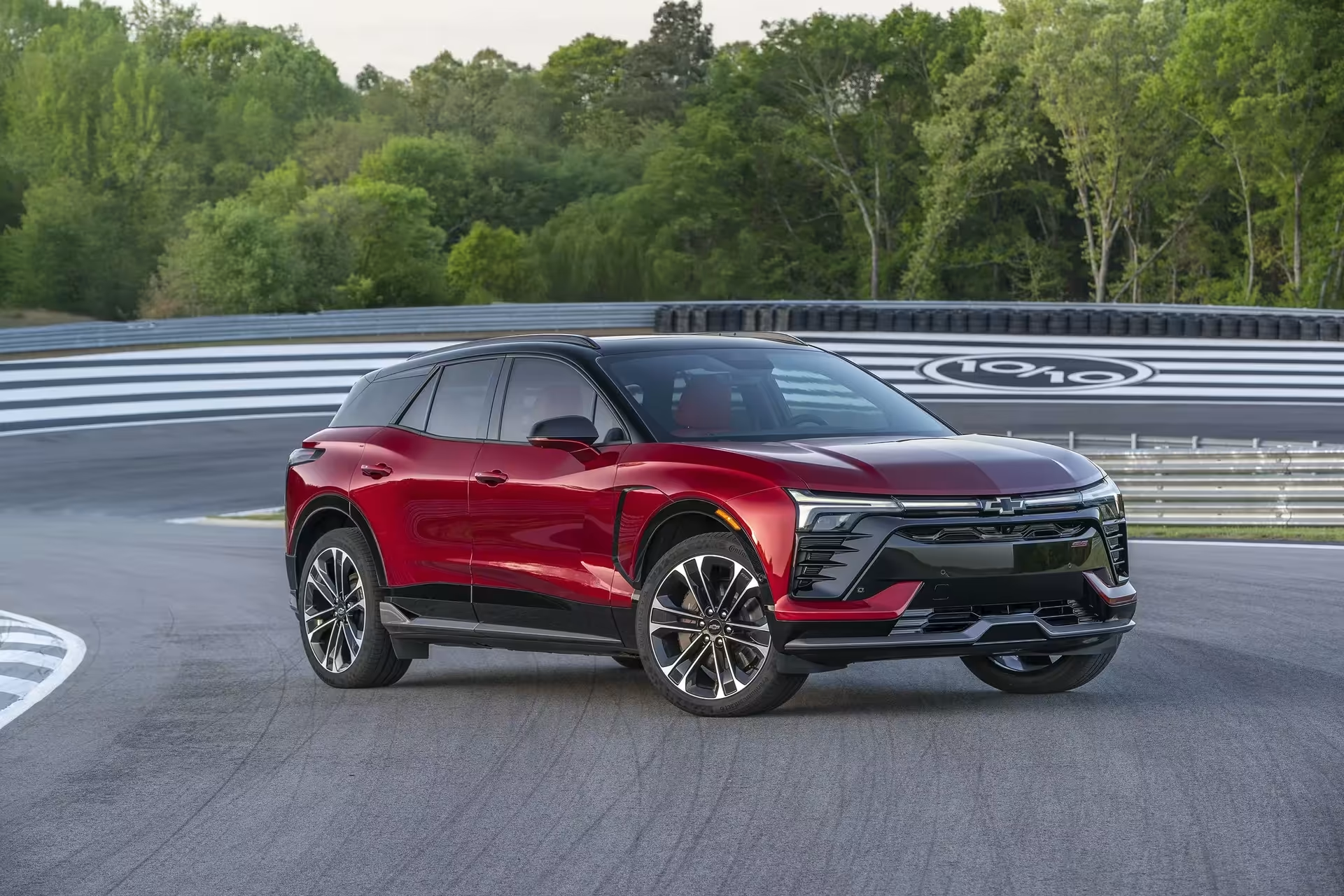
Compared to other variants, the price jump for the SS is significant but justified by the overwhelming performance, Brembo brakes, upgraded suspension, and the Performance Pack already included. The RS AWD offers an interesting compromise for those seeking sportiness without the cost or extreme power of the SS.
Technology and Innovation: More than Just Speed
The Blazer EV SS isn’t solely about acceleration. It is packed with technology to justify its price and positioning. The dashboard is dominated by a massive 17.7-inch touchscreen, centralizing the infotainment system and vehicle controls. Chevrolet has opted for a proprietary operating system based on Google, which means good integration with Google services but also the controversial decision *not* to offer native support for Apple CarPlay and Android Auto.
Technology Highlights
- 17.7-inch Touchscreen
- 11-inch Digital Instrument Panel
- Google Built-in System
- Super Cruise (optional semi-autonomous driving in LT/RS, standard or easily added in SS)
- Chevy Safety Assist (active safety package)
- Bidirectional Charging (V2L/V2H – future capability)
- Premium Bose Audio (standard in RS/SS)
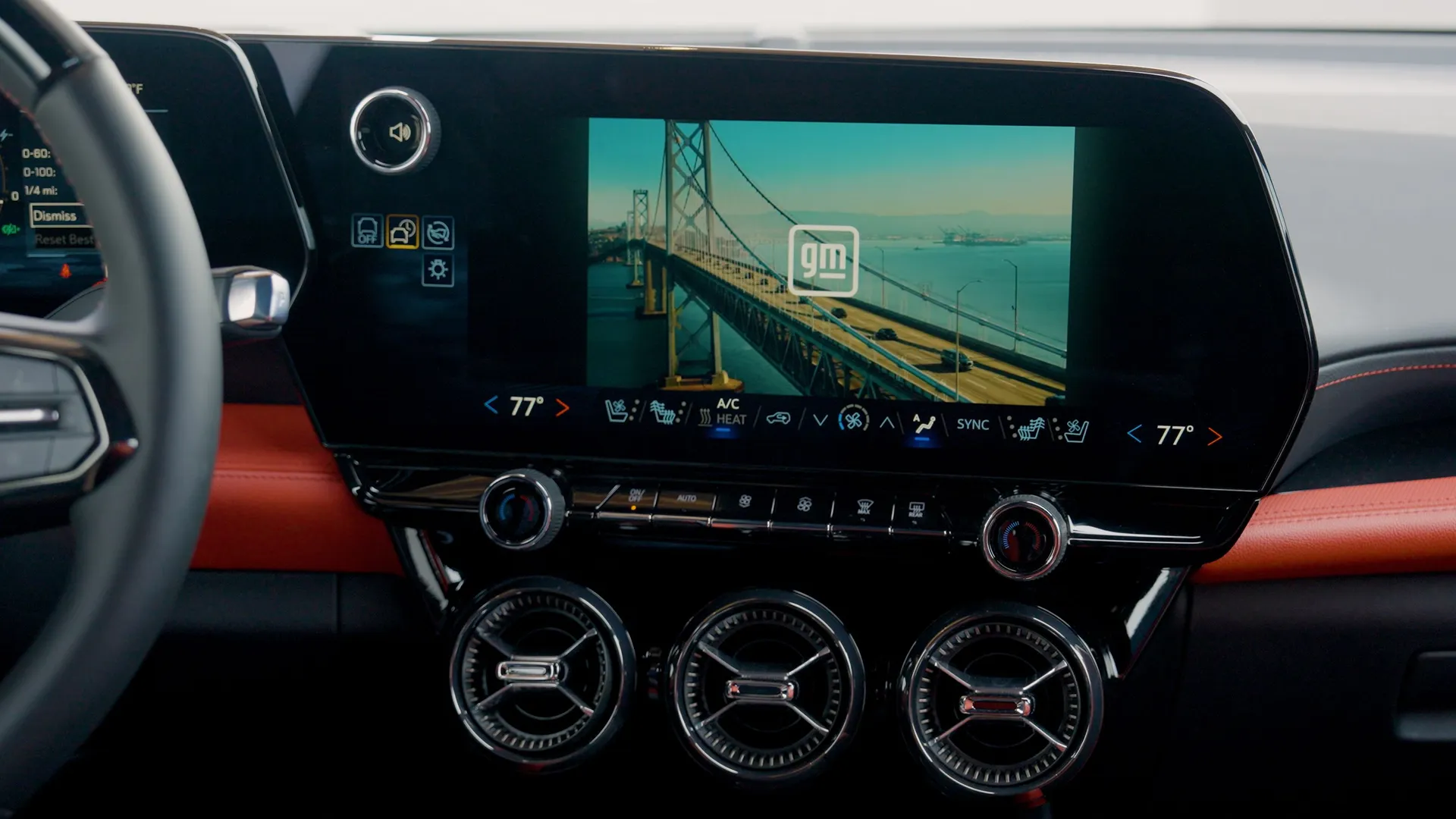
The Super Cruise system, which allows hands-free driving on compatible highways (now including more secondary roads), is a significant differentiator. The Chevy Safety Assist package, featuring automatic emergency braking, lane-keeping assist, and forward collision warning, is standard across all versions. The Ultium platform also supports bidirectional charging, enabling the car to supply power to devices or even to a home (V2H), although full implementation may depend on future updates. However, the lack of CarPlay/Android Auto is a point that may frustrate many users accustomed to smartphone integration, as noted in various first impressions, including from Motor1.
Other innovations include using silicon carbide inverters and segmented magnets in the motors, which improve efficiency and heat dissipation, contributing to performance and range. The SS’s suspension is significantly stiffer than that of the other versions, with thicker anti-roll bars, monotube dampers, and a quicker steering ratio for increased agility.
Head-to-Head: Blazer EV SS vs. Electric Rivals
How does the Blazer EV SS stack up against the competition? Its main rivals in the performance electric SUV segment are the Ford Mustang Mach-E GT and the Hyundai Ioniq 5 N.
Comparison Table: Blazer SS vs. Competition
| Feature | Chevrolet Blazer EV SS | Ford Mustang Mach-E GT | Hyundai Ioniq 5 N |
|---|---|---|---|
| Starting Price (Approx. USD) | $62,095 | ~$54,490 | ~$66,100 |
| Power (hp) | 615 hp | 480 hp | 641 hp (Boost) |
| 0-60 mph (s) | 3.4 s | 3.8 s | 3.3 s |
| EPA Range (miles) | 303 mi | ~270 mi | ~221 mi |
| Cargo Space (max cu-ft) | 59.1 | 59.7 + 4.7 (Frunk) | ~54.9 |
When I place the Blazer EV SS side by side with these rivals, I see an interesting positioning. It offers significantly more power and range than the Mustang Mach-E GT at a slightly higher price (before tax credits). The advantage of the Mach-E GT lies in its slightly lower price, the perceived agility by some, and the presence of a frunk.
Against the Hyundai Ioniq 5 N, the battle is different. The Ioniq 5 N is more powerful (in boost mode) and clearly more focused on track dynamics, offering a more visceral and adjustable driving experience. However, it is priced higher and has considerably less range, and it is also slightly less spacious. The Blazer EV SS emerges as a more balanced option: supercar performance with greater practicality and range for everyday and family use, sacrificing some of the extreme agility and track day focus of the Hyundai.
Pros and Cons: The Blazer EV SS Balance
After analyzing all the details, let’s summarize the strengths and weaknesses I identified in the 2025 Chevrolet Blazer EV SS:
Pros
- Overwhelming performance (0-60 in 3.4s)
- Competitive range (303 miles)
- Robust technology (17.7″ Screen, Super Cruise)
- Generous interior and cargo space
- Aggressive and distinct design of the SS version
- Interesting value (considering performance/price vs. rivals)
Cons
- Heavy weight (~2,540 kg) impacts agility
- Lack of front trunk (frunk)
- Less focused on the track than the Ioniq 5 N
- CCS connector (less “future-proof” than NACS)
- Recent software history (resolved?)
- Lack of Apple CarPlay / Android Auto
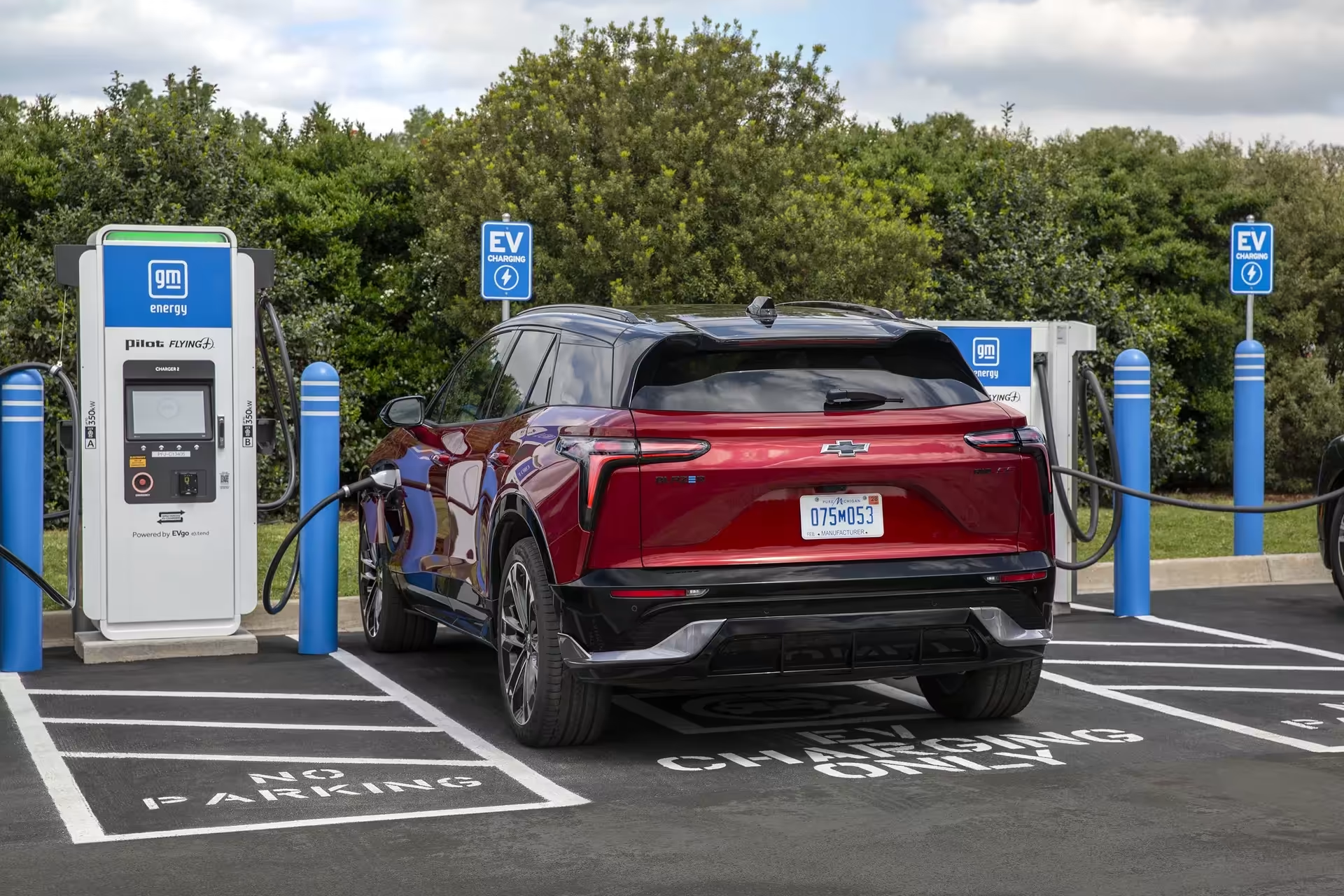
Performance is undeniably the major trump card of the Blazer EV SS, marking a milestone in the history of the SS badge. The range is good for the category, and the tech package is robust, despite the controversial absence of CarPlay/Android Auto. The interior space keeps it practical for families. On the flip side, the weight is considerable, and the lack of a frunk is a minor practical disadvantage. Concerns about software reliability that affected the initial launch of the Blazer EV in 2024 seem to have been resolved, but only time will tell.
Frequently Asked Questions (FAQ) about the 2025 Blazer EV SS
Quick Answers
- What is the real range of the Blazer EV SS?
The official EPA estimated range is 303 miles. In the real world, this can vary based on driving style, weather, and the use of air conditioning/heating. - Does the Blazer EV SS have bidirectional charging?
Yes, the Ultium platform is designed with bidirectional charging capability (V2L/V2H), allowing you to power external devices or, potentially, your home. The complete functionality may depend on additional hardware or updates. - What is the estimated price of the Blazer EV SS in Europe?
Based on the starting price of $62,095 in the US and an exchange rate of 0.95 EUR/USD (reference April 2025), the base price would be around €59,990. This does not include local taxes, import fees, or delivery costs, which can vary significantly between countries. - Is the Blazer EV SS good for families?
Yes, despite extreme performance, it maintains a generous interior space and good cargo capacity of a midsize SUV (59.1 cu-ft with seats folded), making it very practical for daily family use. - Is it worth buying the SS instead of the RS?
It depends on your priorities. If you’re looking for the maximum electric performance that Chevrolet offers today, with supercar acceleration and top-notch components (brakes, suspension), the SS is the choice. If a solid balance between performance, sporty style, and a more contained price is sufficient, the RS (especially the AWD) might be more interesting.
Looking at the big picture, the 2025 Chevrolet Blazer EV SS is an impressive machine. It manages to deliver the brutal acceleration expected from an SS vehicle, possibly even exceeding expectations, while also providing the practicality of a modern electric SUV with good range and technology. It’s a car that tries to balance worlds: Chevrolet’s performance heritage with the demands of the electric era.
It’s not a dedicated track car like the Ioniq 5 N, nor perhaps as nimble as a Mach-E GT on tight corners due to its weight. However, for those seeking an extremely fast, spacious, tech-savvy electric SUV with a respectable range for everyday use and occasional trips, the Blazer EV SS stands out as a strong and versatile proposition, especially if the final price, considering possible incentives, remains competitive. The absence of CarPlay/Android Auto and the frunk are concessions that the buyer will have to accept in exchange for the overall package.
What do you think of Chevrolet’s first electric SS? Do you think it honors the legacy of the badge? Leave your comment below!

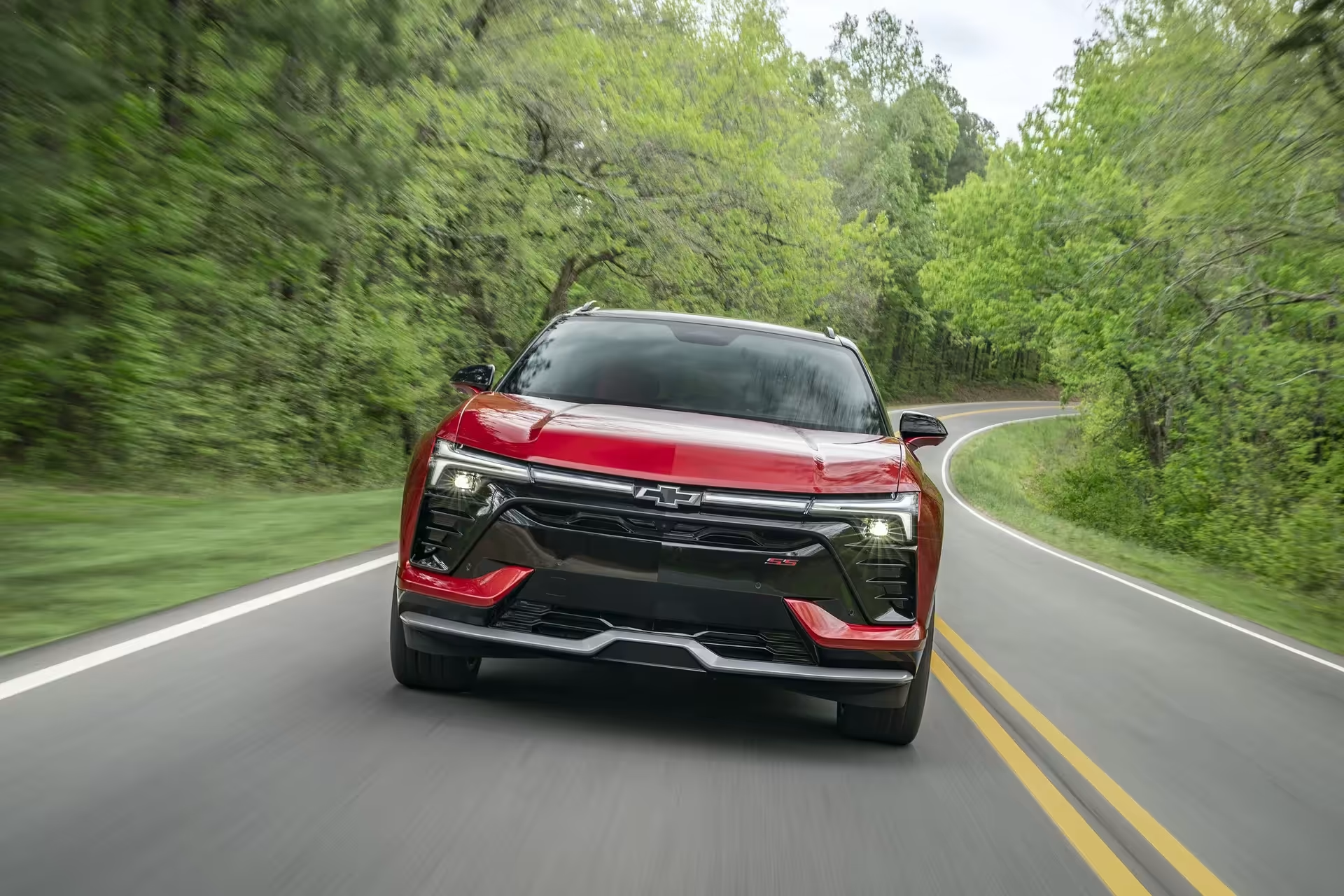
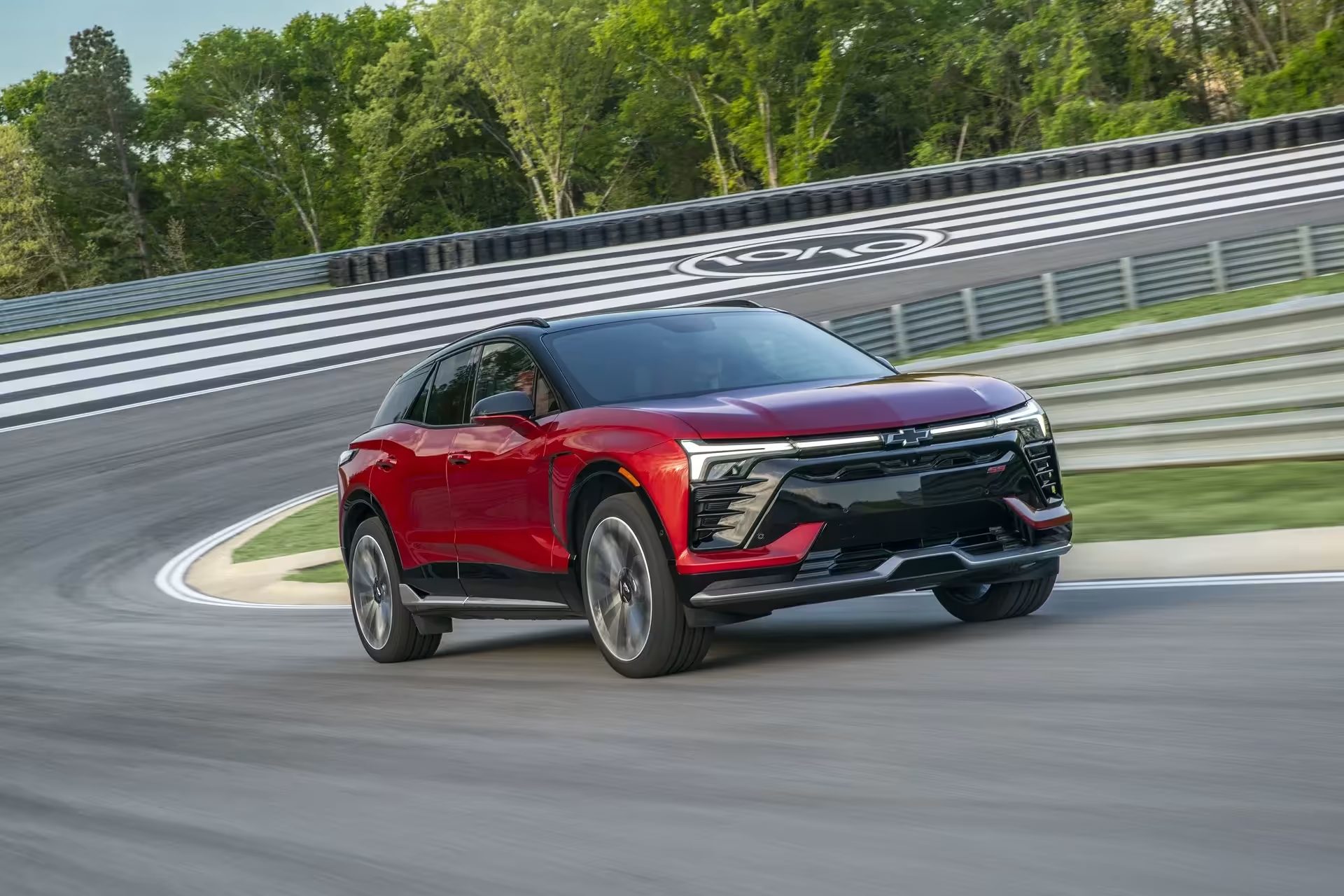
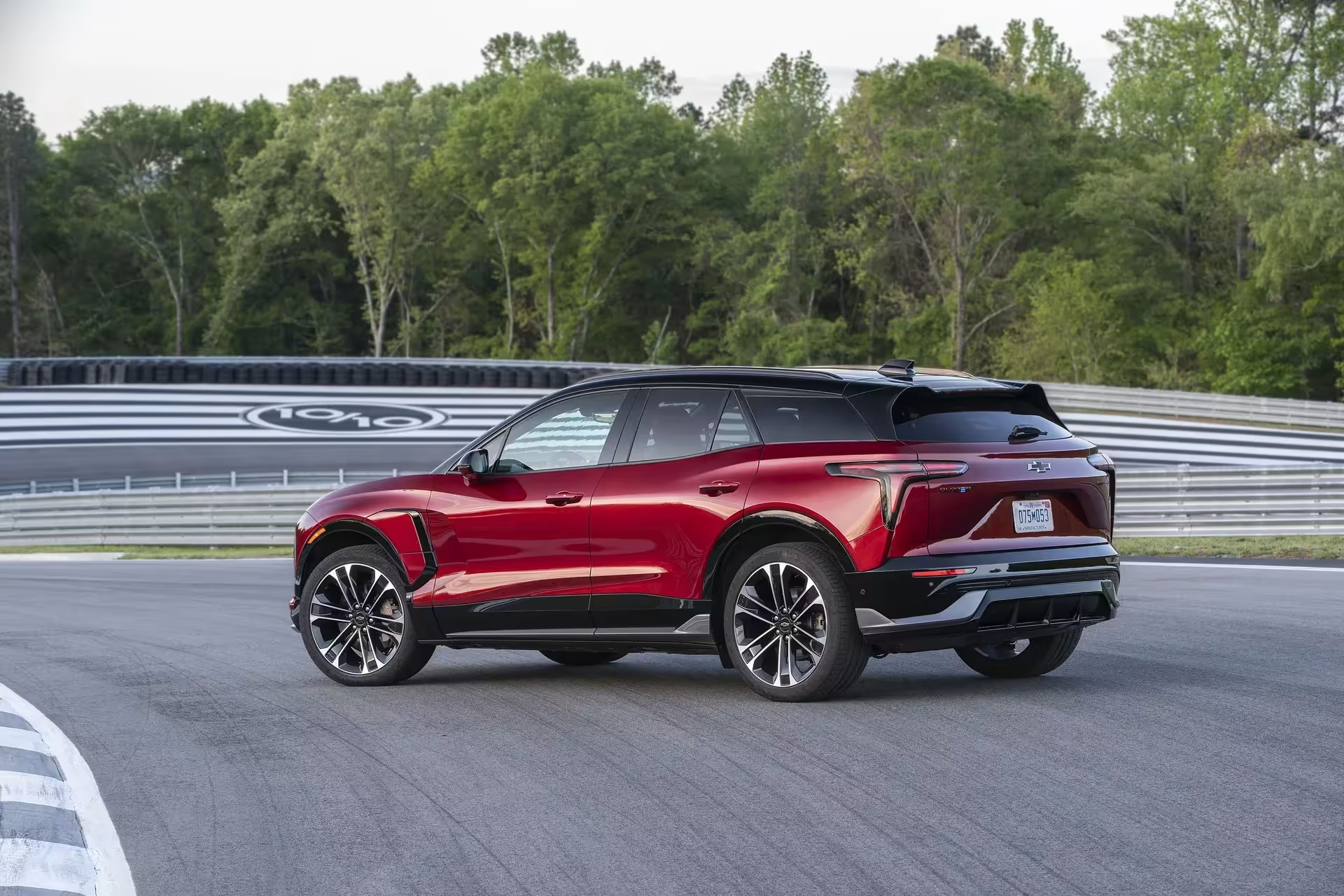


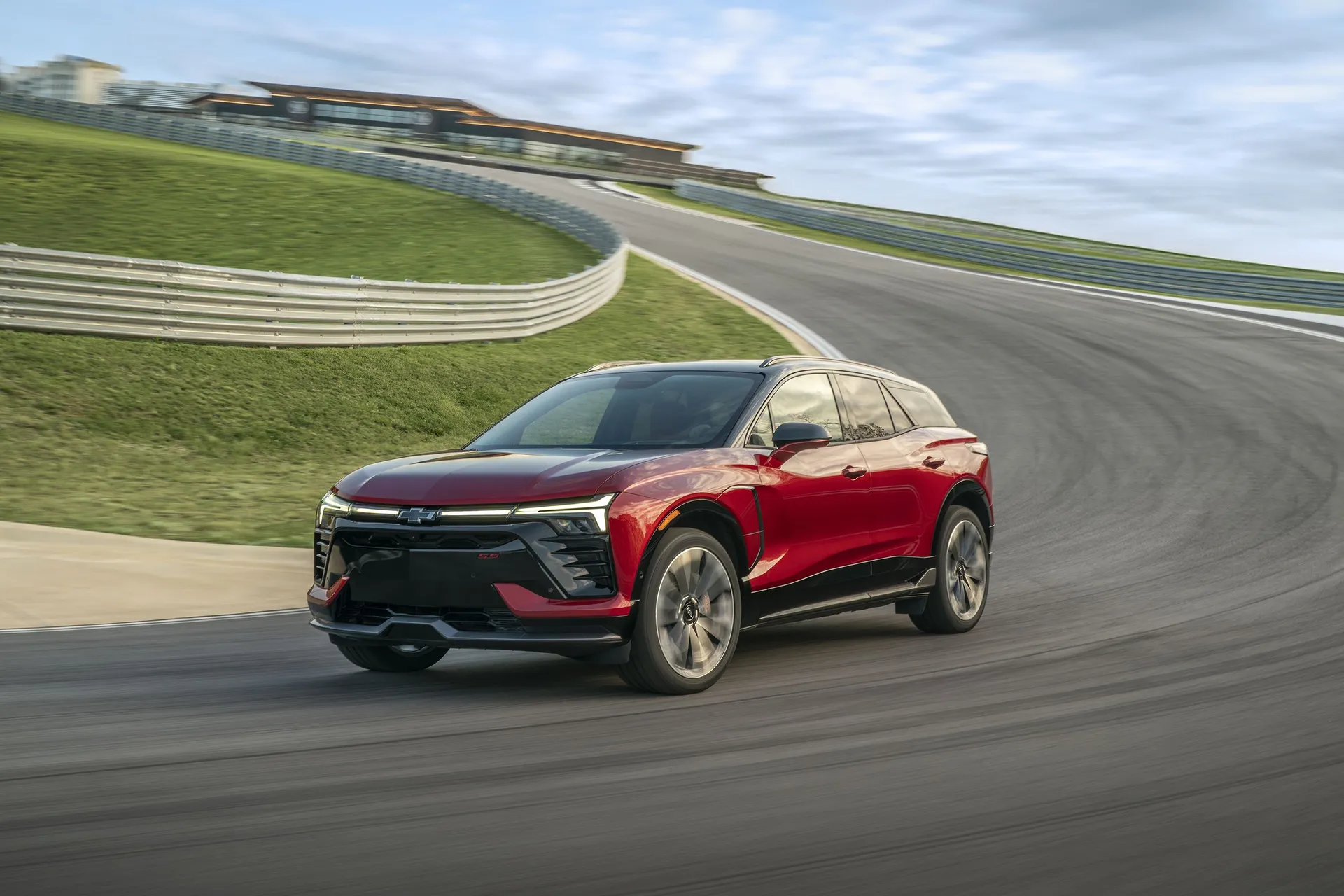
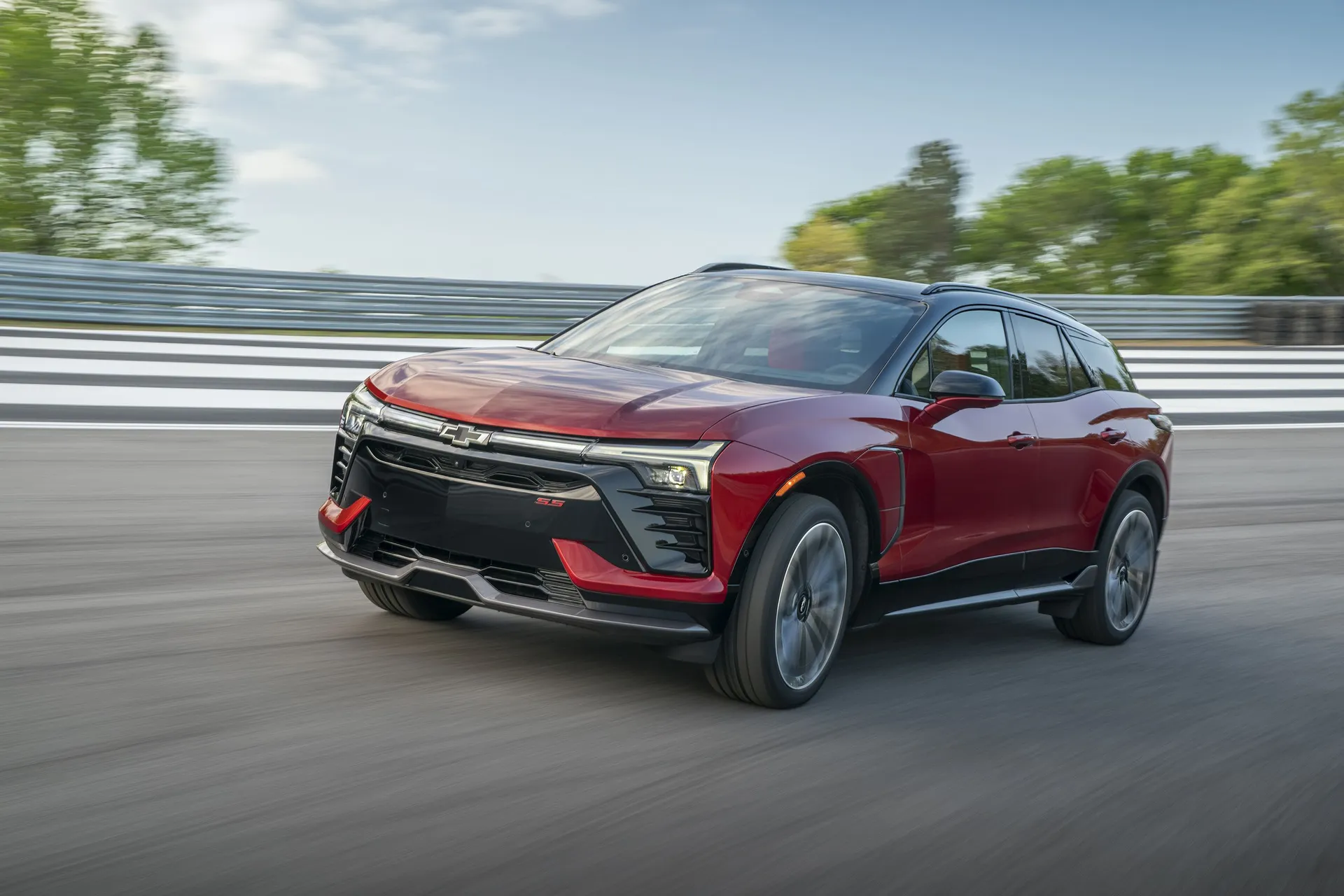


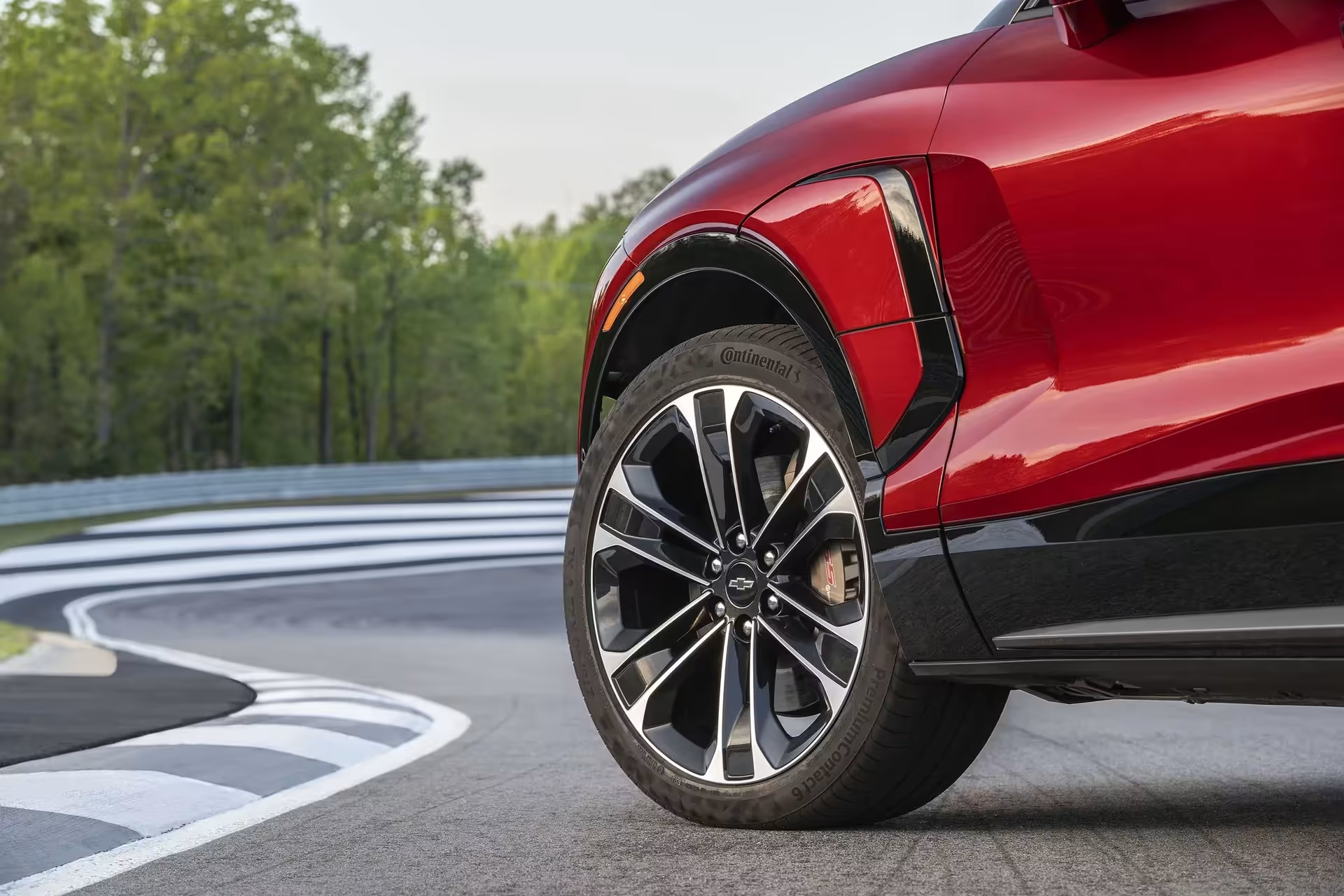

Author: Fabio Isidoro
Founder and editor-in-chief of Canal Carro, he dedicates himself to exploring the automotive universe with depth and passion. A car and technology enthusiast, he produces technical content and in-depth analyses of national and international vehicles, combining quality information with a critical eye for the public.

